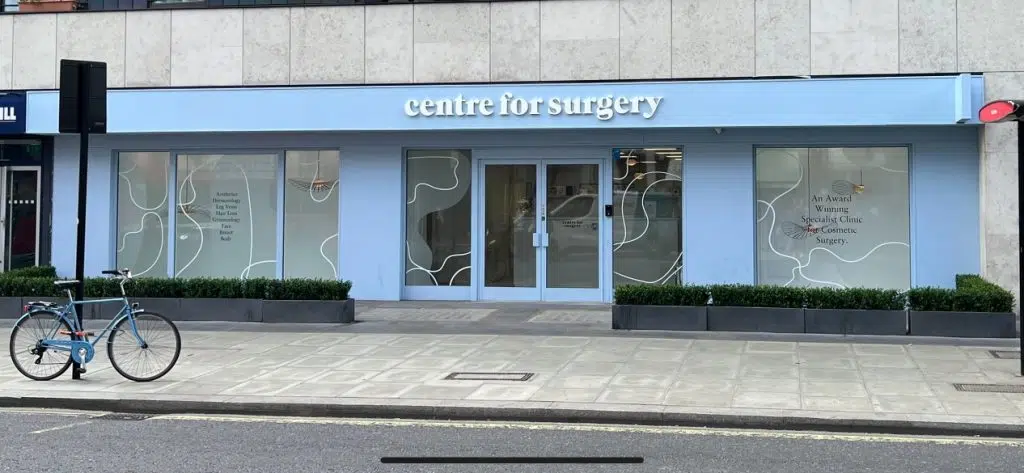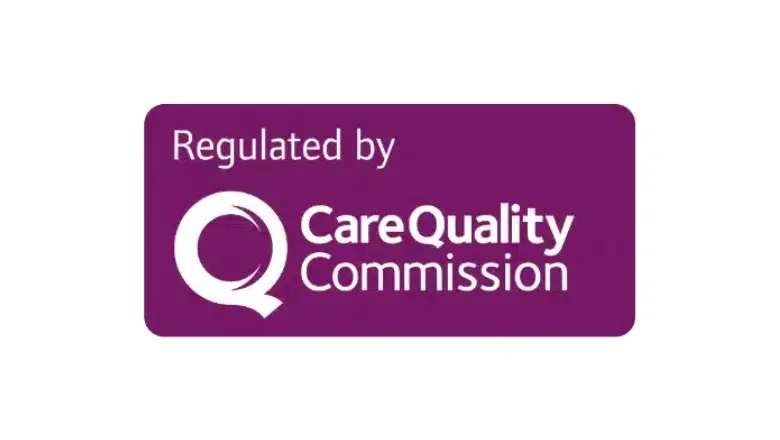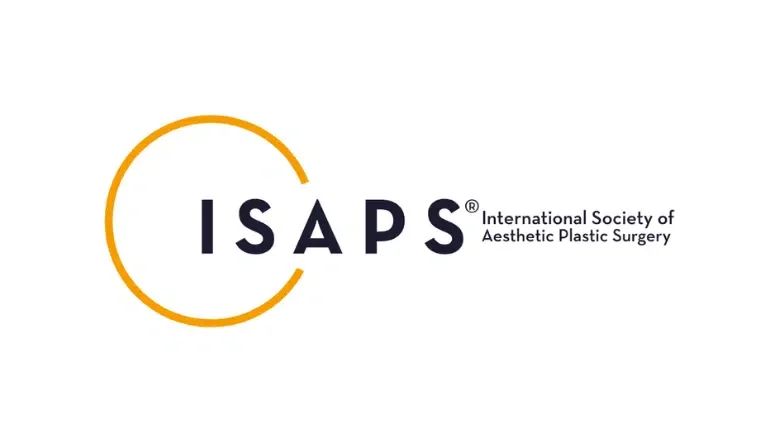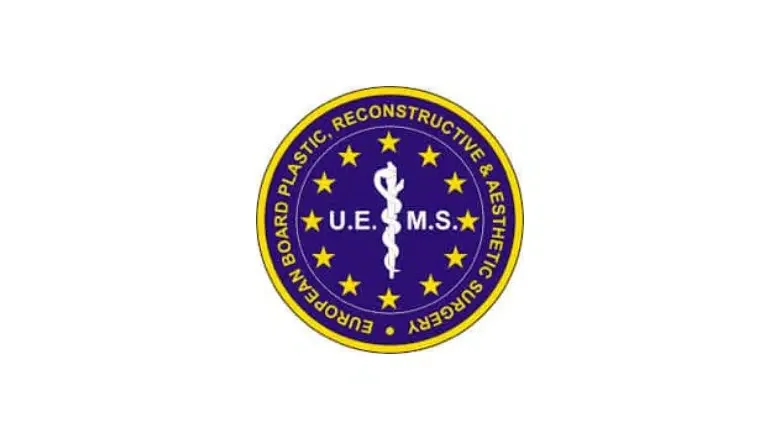How to Avoid Surgical Mistakes When Getting a Blepharoplasty
Eyelid surgery, also known as blepharoplasty, is one of the most effective procedures to rejuvenate the appearance of tired-looking eyes. As with any surgical procedure, there are certain risks associated with blepharoplasty surgery. The key to achieving optimal outcomes is to make sure you choose a highly experienced plastic surgeon to perform eyelid lift surgery to minimise the risk of complications occurring.
RELATED: What does eyelid surgery involve?
At your eyelid surgery consultation, your surgeon will find it helpful to know about your specific concerns. Some patients may have to hold their eyelids up with their fingers due to having hooded eyelids. A good idea of how you could look after surgery involves pulling the skin around the eyes backwards with your hands which can give a rough idea of how surgical correction with blepharoplasty can look. Many patients who come to us tell us they have become increasingly frustrated about people constantly telling them they look tired even though they feel great. Those with droopy eyelids may develop visual impairment due to excess skin hanging over the eye. Some patients may feel they do not look as refreshed as they once did despite trying a wide variety of anti-ageing creams and nonsurgical treatments, including tear trough filler.
RELATED: Is eyelid surgery worth it?
Eyelid surgery has increased in popularity in recent years and has proven to be equally popular in men and women who want to achieve a younger-looking appearance. It should be borne in mind that eyelid surgery is a highly delicate procedure because the surgery is carried out so close to the eye. When performed by an inexperienced surgeon, the risk of complications can rise considerably. This may result in a botched eyelid procedure and may require highly complex revision blepharoplasty surgery to correct.
RELATED: Male Eyelid Surgery (Blepharoplasty For Men)
What are the benefits of eyelid surgery?
Eyelid lift surgery is one of the most popular types of cosmetic facial surgery designed to rejuvenate the appearance of your eyes. Recovery after eyelid surgery is much quicker compared with facelift surgery, as the surgical incisions and dissection are considerably fewer.
Blepharoplasty is highly effective for treating sagging or drooping eyelids. Puffy eyes can be corrected using eye bag removal surgery, also known as lower blepharoplasty. When droopy eyelids obscure vision, this can be easily corrected with an upper blepharoplasty. When people are no longer able to use make-up to cover lax eyelids, this is a common trigger for seeing an eyelid surgeon in London.
5 Biggest Mistakes Surgeons Make with Eyelid Surgery
1 – Inability to close the eyes fully
Not being able to close your eyes fully is a serious complication of blepharoplasty surgery. This complication occurs when your surgeon removes too much excess skin or places incisions in the wrong location. Sadly, we increasingly see this complication in patients who have chosen to have cheap eyelid surgery overseas in countries such as Turkey.
When too much skin is removed during eyelid surgery, this can cause patients to have problems closing their eyes fully. This is a very difficult complication to correct, as once any skin has been permanently removed, it cannot be replaced. The eyelid skin is highly specialised and delicate tissue. An expert plastic surgeon always knows to be more conservative when removing eyelid skin to avoid this complication. If further skin removal is required, your surgeon can always carry out a touch-up procedure to improve the results further.
2 – Too much eyelid fat is removed
Bulging fat pockets are a common feature of ageing eyelids, and your surgeon will remove excess skin and fat as part of a blepharoplasty procedure. A common error by an inexperienced surgeon is to remove too much eyelid fat, which leads to a hollowed-out appearance. Removing too much fat may cause eyelids to look more aged than intended, which is the opposite of what the procedure is designed to achieve. Always check your surgeon’s credentials and ensure they have significant experience in eyelid surgery to reduce the risk of removing too much eyelid fat.
Revision eyelid surgery may be required to correct this and involves fat grafting to the area where too much fat has been removed to restore soft tissue volume and a youthful appearance. The ideal results of eyelid surgery should lead to a natural-looking and refreshed appearance.
3 – Eyes look asymmetrical/uneven after the blepharoplasty
A common concern many patients express is the fear of having eyelid asymmetry after eye bag removal surgery. This is a common error when the procedure is carried out by a surgeon lacking the appropriate eyelid surgery expertise. Not carrying out appropriate measurements before surgery can increase the risk of causing asymmetrical results. A mild degree of asymmetry may develop due to the natural healing process after surgery.
Revision blepharoplasty surgery can be recommended once healing has fully occurred. The need for revision surgery can be reduced by having a thorough consultation so that your surgeon is familiar with exactly what you were trying to achieve by carrying out detailed preoperative measurements on the day of your surgery. In a small number of cases, there is inherent unpredictability in how the two different sides of the face will heal, and this can be easily dealt with in a straightforward touchup procedure.
4 – Lower eyelid malposition
Lower blepharoplasty or lower eyelid surgery has a slightly higher risk of complications compared with upper eyelid surgery. Even a difference of 1 to 2 mm can result in a great or poor result. The location of the incision must be planned carefully to prevent ectropion, which is excessive eversion of the eyelids. This complication may cause a watering eye. Revision surgery can correct this once you are fully healed from your first blepharoplasty procedure.
5- Excessively bruised appearance
Bruising is a common side-effect of surgery, and some people may bruise more easily than others. An expert plastic surgeon focuses on using a delicate surgical technique to minimise postoperative bruising after eyelid surgery. A rough surgical technique that does not treat the gentle tissues of the eyelids with care is more likely to produce extensive bruising after the procedure. Although bruising will eventually settle on its own, severe bruising can prolong your recovery, which may reduce your overall level of satisfaction. We would always advise choosing a surgeon with a background in microsurgery and extensive experience in all types of eyelid surgery. Surgeons at Centre for Surgery in London are handpicked for their specialist expertise in blepharoplasty surgery.
At your consultation, we would recommend asking to see blepharoplasty before and after photos. Your surgeon may recommend you speak to former patients to get an idea of the level of care your surgeon provides.
How to avoid complications of blepharoplasty
As previously mentioned, choosing the right surgeon is much more likely to avoid complications. Opt for a surgeon with an excellent track record who regularly performs blepharoplasty procedures. This typically means the surgeon will take careful measurements, make precise markings, and skillfully excise the eyelid skin while having a thorough understanding of your skin laxity and facial anatomy.
Eyelid lift surgery, or blepharoplasty, can significantly transform your facial appearance. However, it is a complex and demanding procedure that involves accurate incisions and meticulous skin manipulation around your eyes. The skin surrounding your eyelids is extremely delicate and demands expertise and experience in handling it. Blepharoplasty is a suitable option if you experience drooping or sagging eyelids, persistent eye bags that do not improve with sufficient sleep, eyelid issues that cannot be addressed with makeup, fat deposits around the eyes, excessive wrinkling under the eyes, ptotic upper eyelids, or if you desire a rejuvenated and youthful appearance.
RELATED: Eyelid surgery recovery – top tips
Selecting a Competent and Skilled Plastic Surgeon: Why It Matters
Ensuring you choose the right plastic surgeon for your blepharoplasty is crucial for achieving the desired outcome and avoiding any potential complications. Follow these guidelines to help you select a qualified specialist and sidestep the common mistakes associated with eyelid surgery.
· Conduct Thorough Research
Take advantage of the internet and research multiple plastic surgeons in your vicinity. Start by compiling a list of potential candidates and narrow it down based on their experience, credentials, and before and after photographs. This will help you create a shortlist of surgeons.
· Seek Referrals
In addition to conducting research, ask for recommendations from your general practitioner, friends, and family who have undergone similar procedures. Getting a referral from someone you trust can provide reassurance and may lead you to the perfect surgeon.
· Read Reviews
Patient reviews play an essential role in your research. Browse the surgeon’s website for reviews, but be sure to seek out genuine platforms where actual patients share their experiences. Look for trends in reviews, such as consistently positive results and an excellent bedside manner.
· Check Credentials and Experience
When researching your shortlisted candidates, ensure you prioritize experience over everything else. A surgeon who has performed many blepharoplasties has a better chance of delivering satisfactory results with fewer complications. Also, verify that the surgeon lists eyelid surgery as one of their main procedures.
· Examine Before and After Photographs
After narrowing down your list further, review the before and after photographs of each surgeon’s past patients. Most surgeons feature these photos on their website, but you can also request them during the consultation. Study these pictures carefully to evaluate the surgeon’s results.
· Book a Consultation
Schedule a consultation with one or two surgeons on your shortlist. During the appointment, ask any questions or express any concerns you have about the surgery. Pay attention to the surgeon’s responses and overall demeanour, and trust your intuition when making a final decision.
Choosing the right surgeon for your blepharoplasty can be a daunting task, but by following these steps, you can increase the chances of achieving the best possible results with minimal complications.
What are some important questions to ask your eyelid surgeon before having the surgery?
- Are you a qualified and trained specialist plastic surgeon?
- How many years of plastic surgery training have you had?
- Do you have full practising privileges to perform eyelid lift surgery?
- Is the surgical facility accredited by the Care Quality Commission?
- How many eyelid surgeries have you performed in the past year?
- Do you have before-and-after photos of previous eyelid surgery patients that I can see?
- Am I suitable for eyelid surgery?
- Where and how will you perform my eyelid surgery?
- What kind of help will I need during my recovery, and how long can I expect the recovery period to last?
- What are the possible risks and complications associated with my eyelid surgery?
- How are complications handled in case they arise after the surgery?
- How do you plan to minimise the risks of complications?
- Are there any pre and post-surgical tips that will help prevent complications?
- How often do your patients experience post-surgical complications?
- What are my options if I am dissatisfied with the outcome of the eyelid surgery?
By asking these questions, you can better understand your surgeon’s qualifications, experience, and approach to the surgery. This information will help you decide whether eyelid surgery is right for you and which surgeon is best equipped to perform the procedure.
Why choose Centre for Surgery for eyelid surgery?
The best way to avoid undesirable blepharoplasty complications is to choose a surgeon with specialist expertise in eyelid surgery. Complications can be reduced significantly with precise measurement and marking of the amount of eyelid skin surgically removed. An experienced surgeon will have the skills to delicately handle the soft tissues of the eyelids using microsurgical techniques.
Here at Centre for Surgery in London, we have a team of highly experienced eyelid lift surgeons, and they are considered to be some of the best in the UK. Contact us today at 0207 993 4849 to schedule an in-person consultation at our state-of-the-art Baker Street clinic in Marylebone. Although a referral letter from your GP or referring consultant is useful, it is not essential for having a consultation at Centre for Surgery.
RELATED: Eyelid Surgery FAQs – Q&A about Blepharoplasty













